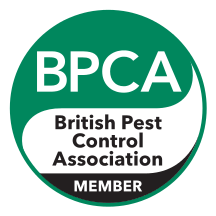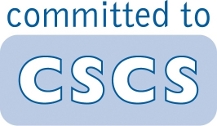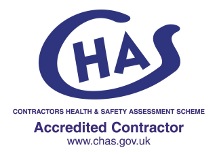Trapping
Several methods of control have been tried and we have found the traditional trapping method to be the most environmentally friendly and humane way of controlling moles.
Our aim is to install as many traps as possible in the first visit in order to clear the infestation quickly and to keep the costs down.
There is a choice of traps on offer in the market, the half barrel or duffus trap is our preferred option. The traps are set underground in the mole’s feeding tunnels, out of view to the public and low enough in order not to damage lawn mowing equipment.
Once the traps have been installed, follow up visits are made to remove moles that have been caught and to inspect and relocate the traps into areas where most activity is found.
Small infestations are charged per visit. The good news is, apart from the initial visit you will only be charged for visits where we have caught a mole or a number of moles.
No mole caught – No fee charged.
It is likely that a single mole is the culprit for smaller infestations and will only require two visits to clear the problem, the first one to install the traps and the second to remove the traps and the offending mole.
Larger infestations found in country parks, sports fields, golf courses or farms etc are priced under a system whereby we only charge per mole caught. It is impossible to know the exact amount, but if we estimate that there are in excess of 10 or more moles active, then you can set your own budget and keep costs under control and we will remove as many moles as your budget dictates. You will only be paying for results and areas to be cleared.
Gassing
Another method of control which we refrain from using but is still used by mole catchers and other pest controllers is the use of aluminium phosphide gas which involves the application of pellets into the mole tunnels. The pellets react with the moisture in the ground and release the gas into the tunnel system. In our experience we could not guarantee results with this method due to the lack of moisture in the dryer months causing the product to become ineffective. There is also a higher risk of harming non-target animals.
Poisons
Due to changes in legislation the use of Strychnine Hydrochloride is no longer available as a method of control. Before the ban this poison was classed by many as an economical method of control on large areas of mole infestations, although it did raise questions with regards to its environmental harm and risks of secondary poisoning.







